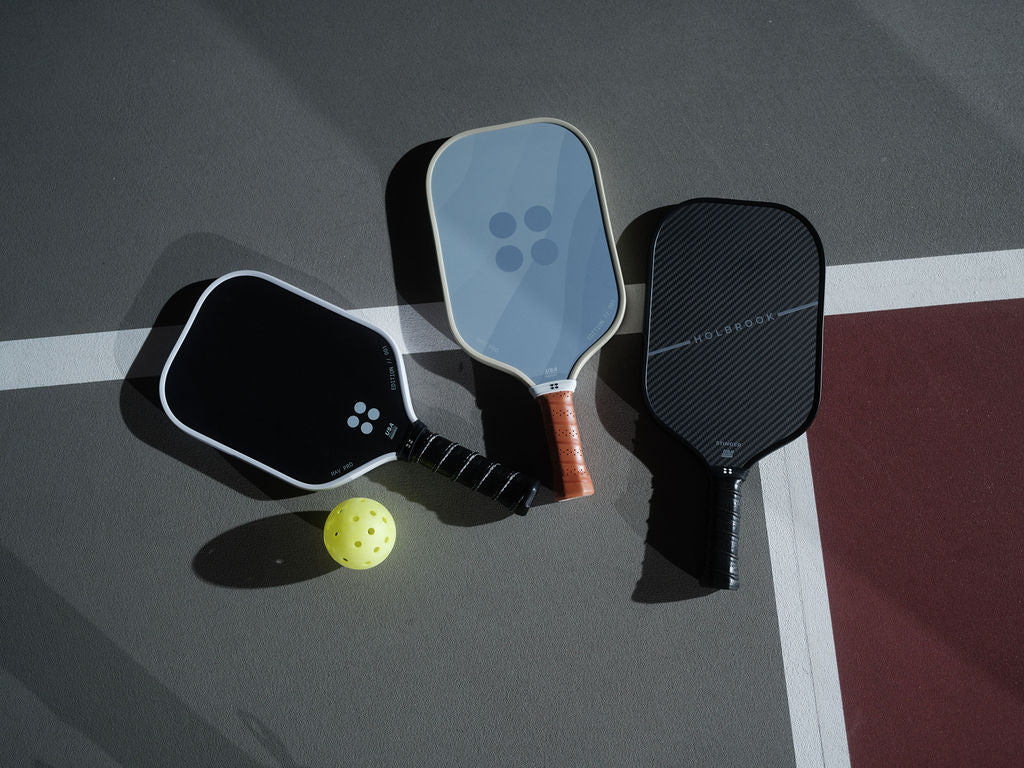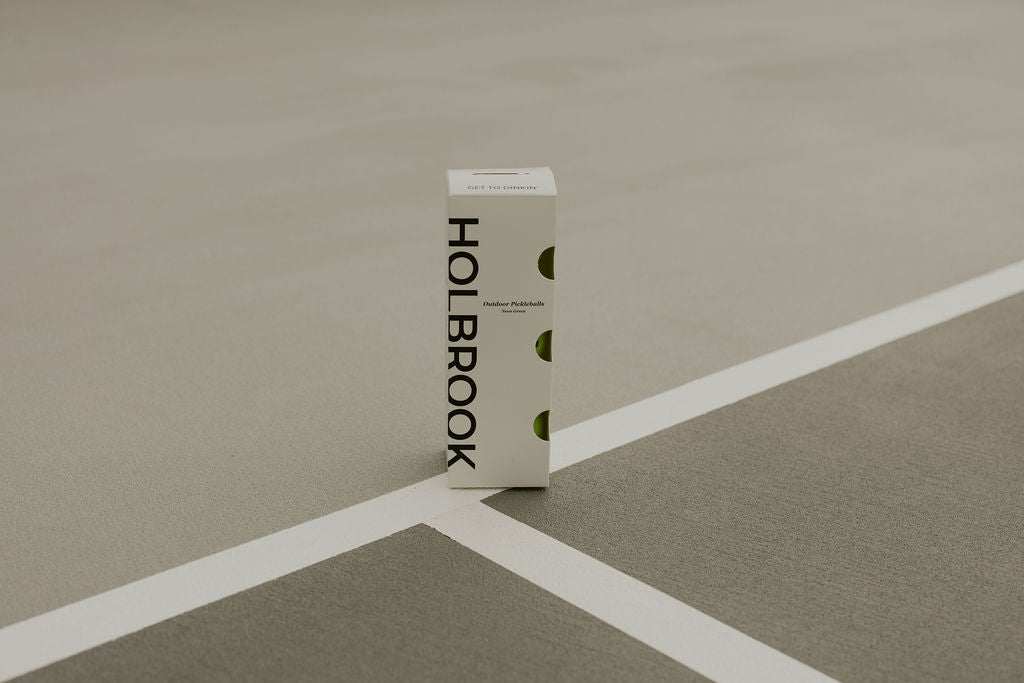Pickleball is a popular paddle sport that has gained a large following in recent years, especially in the United States. This fast-paced and exciting game is played on a court that has specific dimensions and markings - similar to what you see on a Tennis court. Understanding these dimensions and markings is important for players to be able to play the game correctly and to make accurate calls during play.
In this blog post, we will explore the dimensions of a pickleball court in detail, including the length and width of the court, the location and size of the service area and non-volley zone, and the markings on the court. Whether you are a beginner or an experienced player, this post will provide you with all the information you need to know about the dimensions of a pickleball court.

Court dimensions
The dimensions of a pickleball court are standardized to ensure fair play and consistency across different courts. A standard pickleball court is rectangular in shape and measures 20 feet wide by 44 feet long. The court is divided into two equal halves by a centerline, and each half is further divided into two sections: a service area and a non-volley zone.
Length of a Pickleball court
The length of the court is measured from baseline to baseline, which is the end of each court. A standard court is 44 feet long, but some courts may be shortened to accommodate smaller playing areas.
Width of a Pickleball court
The width of the court is measured from sideline to sideline. A standard court is 20 feet wide, but in doubles play, the court is divided into two halves, each measuring 10 feet wide.
Pickleball Service area
The service area is a 10-foot deep rectangle on each side of the net. The service area is further divided into two sections: the right service court and the left service court. The server must stand behind the baseline and serve the ball diagonally into the opponent's service court.

Pickleball non-volley zone
The non-volley zone, also known as the kitchen, is a 7-foot deep area on each side of the net. Players are not allowed to hit the ball while standing inside the non-volley zone, except when the ball bounces in the non-volley zone first. This rule is in place to prevent players from smashing the ball at the opponent from a close distance, which would make the game less fun and potentially dangerous.
Understanding the court dimensions is essential for playing pickleball correctly and efficiently. Whether you are a beginner or an experienced player, it's important to know the dimensions of the court and how they affect the gameplay. In the next section, we will look at the markings on the court, which are crucial for determining in/out calls during play.
Markings on court
The markings on a pickleball court are essential for determining in/out calls and understanding the different sections of the court. The lines on the court are painted in white, and each line has a specific purpose.
Baseline and sidelines
The baseline is the line that runs perpendicular to the net and marks the end of the court. The sidelines are the lines that run parallel to the net and mark the sides of the court. These lines are crucial for determining whether a ball is in or out of bounds.
Center line and center service line
The center line runs perpendicular to the net and divides the court into two equal halves. The center service line runs parallel to the net and divides the service area into two equal halves. In doubles play, the center service line also serves as the boundary line between the right and left service courts.
Non-volley zone line
The non-volley zone line is a line that runs parallel to the net and marks the outer boundary of the non-volley zone. This line is also known as the kitchen line and is 7 feet away from the net. Players are not allowed to hit the ball while standing inside the non-volley zone unless the ball bounces in the non-volley zone first.
Understanding the markings on the court is essential for playing pickleball correctly and making accurate in/out calls during play. Whether you are playing casually or competitively, knowing the court's markings will improve your gameplay and make the game more enjoyable. In the next section, we will discuss some common court variations and how they affect the gameplay.
In conclusion, understanding the dimensions and markings of a pickleball court is essential for playing the game correctly and efficiently. A standard pickleball court is rectangular in shape and measures 20 feet wide by 44 feet long, with specific sections marked for the service area and non-volley zone. The markings on the court, including the baselines, sidelines, centerline, and non-volley zone line, are crucial for determining in/out calls and understanding the different sections of the court. It's important to note that while most pickleball courts adhere to these standard dimensions and markings, there may be some variations, especially in informal or non-regulation play.
By knowing the dimensions and markings of a pickleball court, players can improve their gameplay and make the game more enjoyable. Whether you are a beginner or an experienced player, understanding the court's dimensions and markings is essential for fair play and consistency across different courts. We hope that this post has provided you with a comprehensive understanding of the dimensions and markings of a pickleball court and that you are now ready to hit the court and enjoy a game of pickleball.





